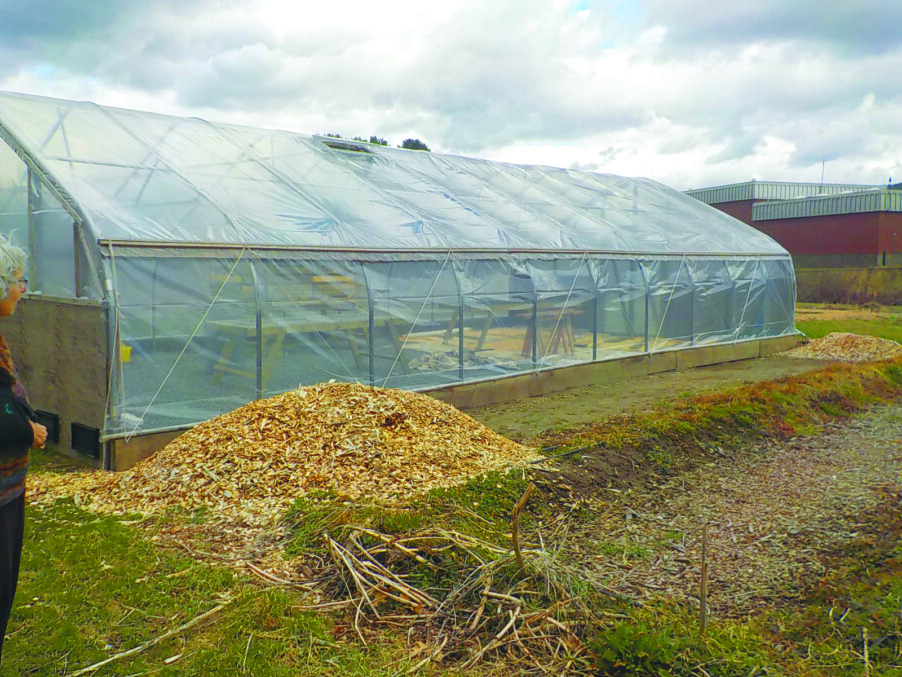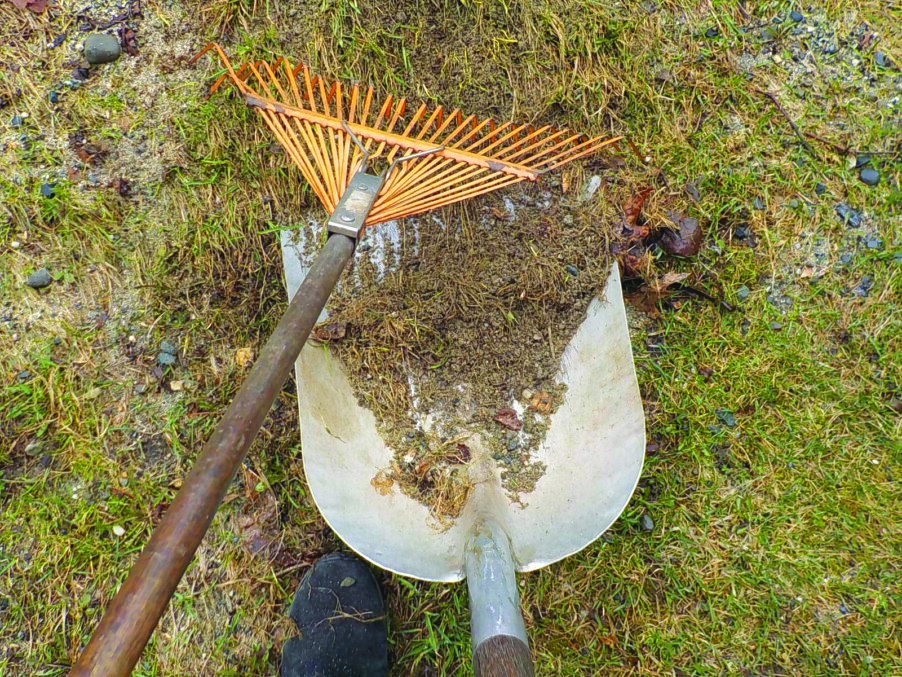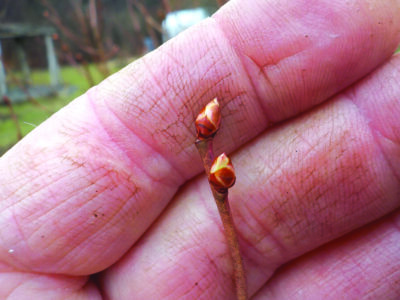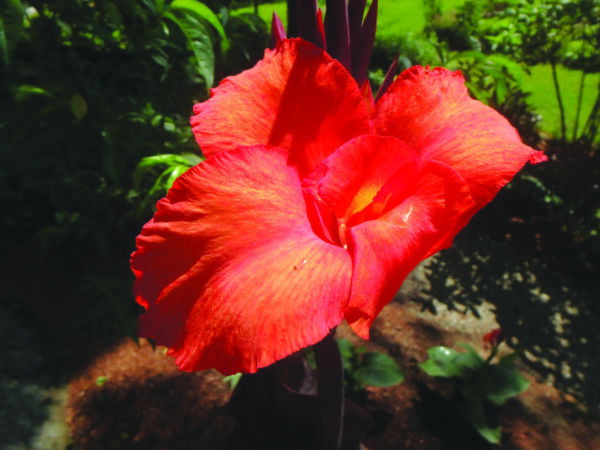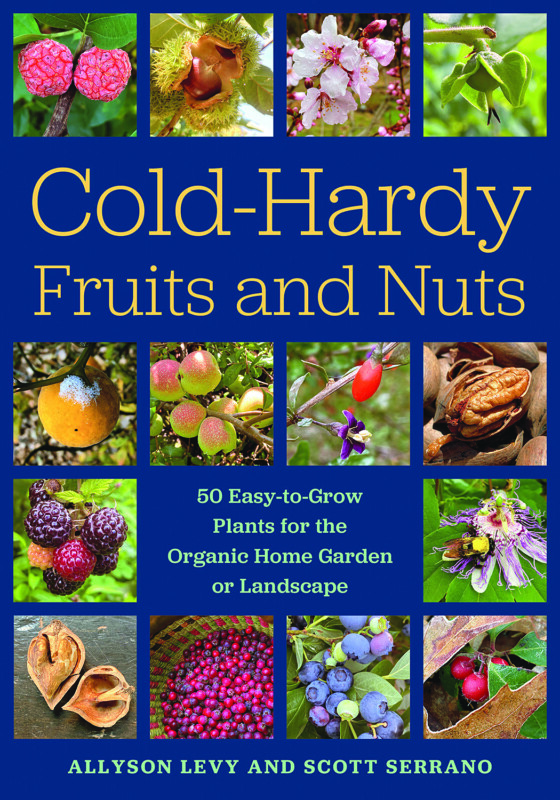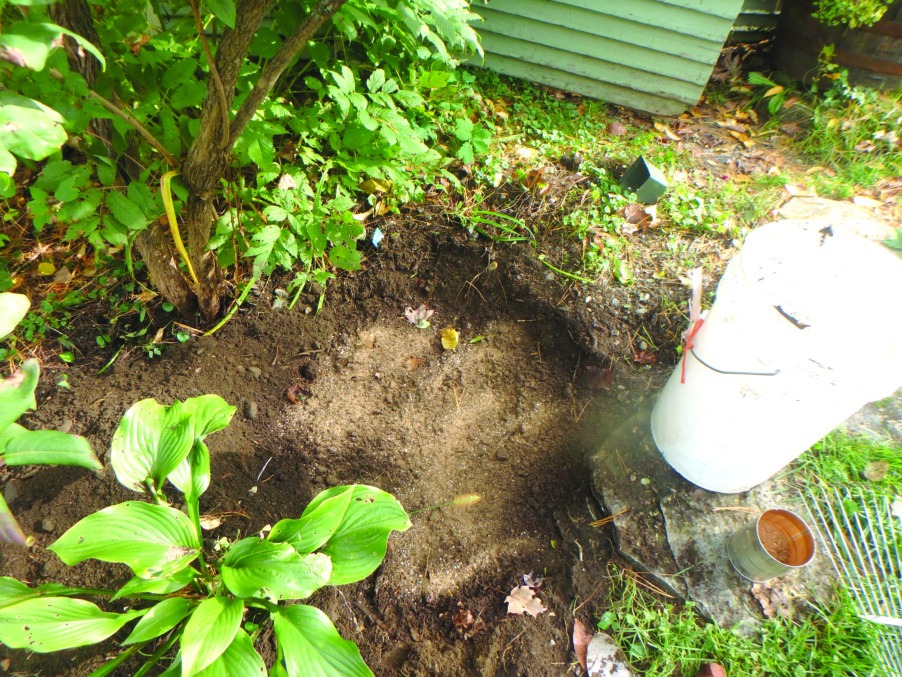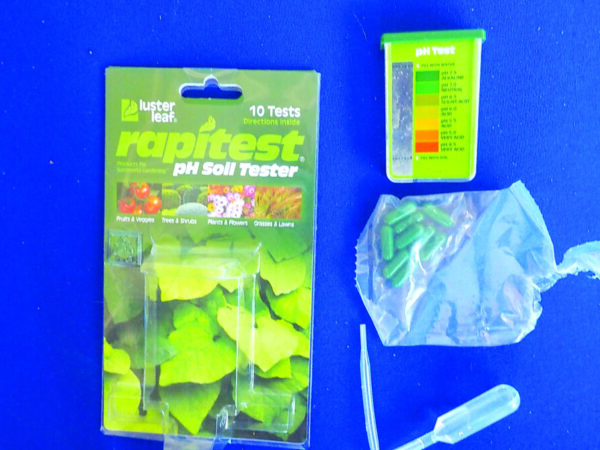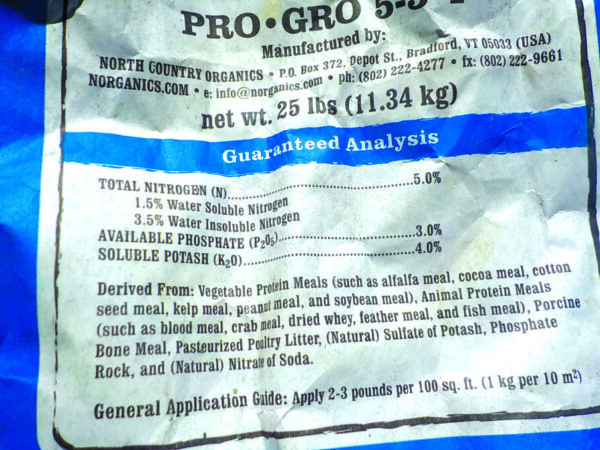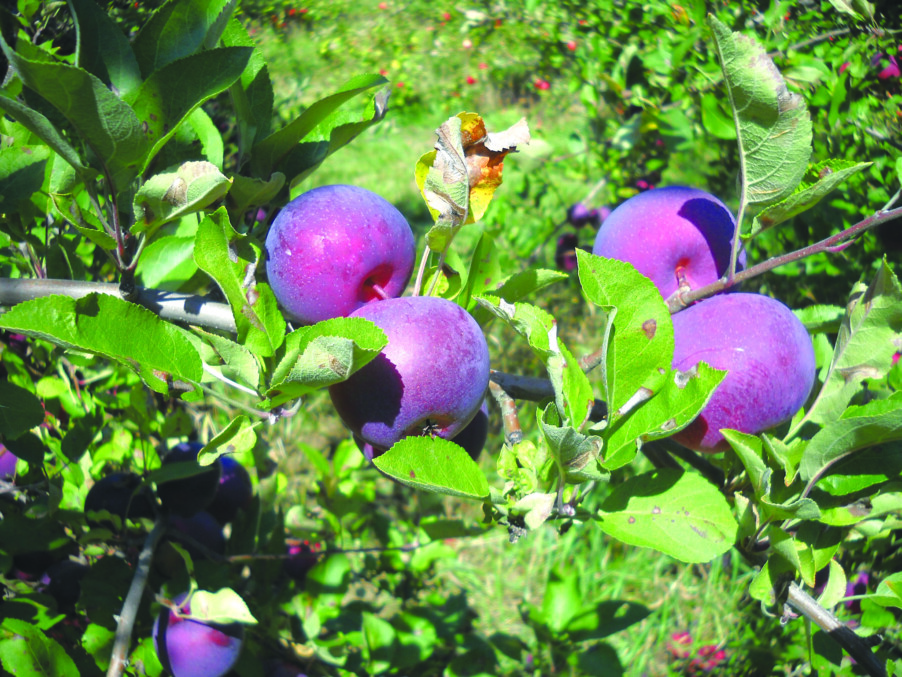Gardening for a community
I recently went to Brattleboro, Vermont, to meet with the organizers of Edible Brattleboro. It is an informal group of people who believe that “access to fresh healthy food is a right for all, regardless of means. This serves as the basis of the work we are doing, and we do our best to eliminate barriers to benefitting from our work, and thus everything we offer is free.”
The prime movers behind this movement are Tom Green and Marilyn Chiarello, who have been working to turn empty spaces and lawns into places for food production. Both are retired school teachers. Marilyn saw a TED talk by Pam Warhurst in 2015 and decided that something similar could be done in Brattleboro.
That first year Edible Brattleboro approached the local food cooperative and asked for a strip of land between the parking lot and the Whetstone Brook. The Coop agreed, and volunteers built a 4- by 8-foot raised bed. They have since expanded this space, growing strawberries, tomatoes, herbs and more. Volunteers plant, weed and water as needed. Anyone can help themselves to the free food; there are no questions asked.
By now there are gardens and fruit trees all over town that were started by Edible Brattleboro. I went around with Tom and Marilyn and looked at some of their projects. Three cherry trees are planted in front of the town hall, and other fruit trees are planted on school property. Another garden is at an addiction recovery center, Turning Point, where there are raised beds in the front lawn.
Another garden is at the Root Social Justice Center, at the edge of their parking lot. Volunteers made container gardens using food-grade plastic 55-gallon drums using designs Tom found online. They have water reservoirs so that water wicks up into the soil in the drums, and daily watering is not needed. Tom also got some one-cubic-meter “intermediate beverage containers” that originally held sugar syrup. Again, he fitted them with water reservoirs to avoid daily watering.
Edible Brattleboro has had good luck getting small grants to support their activities. Although not a 501(c)3 themselves, they work under the auspices of Post Oil Solutions, a local nonprofit that sponsors them. But they will work with any organization that will help in their efforts.
Often low-income residents do not have the tools they need to garden. Fortunately, in Brattleboro that is not a big issue as the town library has a “lending library” of tools and kitchen equipment that they furnished with a grant from the Vermont Foodbank. The library’s grant included money to purchase a simple wooden structure in their parking lot to house the tools, and a part-time librarian to check out tools at specified times. For beginning gardeners, having a source for the basic tools can be an important saving.
We also visited a large greenhouse for extending the season and growing things like tomatoes and peppers in a controlled environment. Tom Green and volunteers put it up this winter, and they look forward to using it shortly. It sits on space offered by the Brattleboro Retreat Farm, a nonprofit.
There is a weekly farmers market in Brattleboro and Tom and Marilyn couldn’t say enough good things about the generosity of the farmers. At the close of the market each week volunteers from Edible Brattleboro visit the market and collect produce donated by farmers. They got a grant to buy a large refrigerator to hold perishables, and have an outdoor “Share the Harvest” table the next day at Turning Point.
So what can you do? All communities have both gardeners and people in need. What is needed in most towns are people like Tom and Marilyn. People with a commitment to helping, time, and organizational skills. Except for Tom’s work building the green house and large self-watering containers, no special skills were needed for what they have done.
Some sort of organizational structure is needed. I like the idea of joining up with an existing nonprofit so that grants and donations can be made to a certified 501(c)3, allowing donors to take tax deductions. That also lets people know that their money will be used properly.
There are organizations you could link up with, perhaps. You probably already know about soup kitchens and food banks in your town or a nearby town. So you could plant a little extra this year with the idea of sharing. Or you could help to organize others in your area to join with you.
Churches are another good place to start gardens. They generally have lawns in full sun, and people who want to help others. The soil in any lawn generally needs improving, but I bet most farmers would be delighted to donate some compost or composted cow manure to add to the soil. Garden centers are generally willing to donate some seeds or seedlings when the time comes, or perhaps a few bags of compost. So all you need is people power. I bet you will be gratified at how willing others will be to help.
Featured photo: Volunteers built this greenhouse that was paid for by a grant. Photo by Henry Homeyer.

